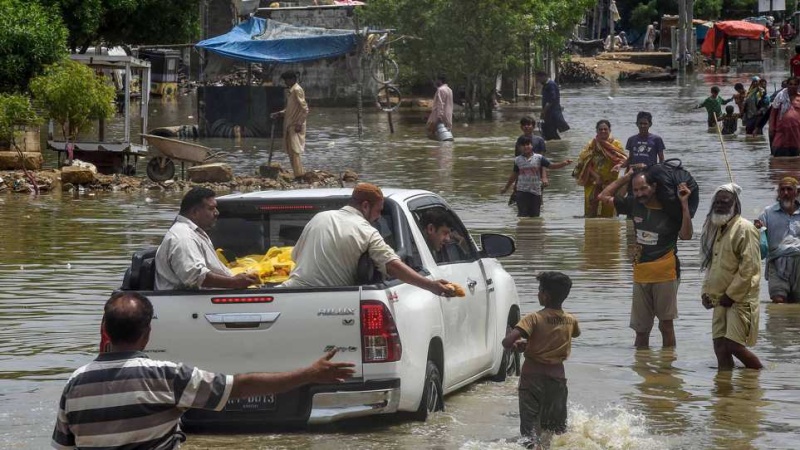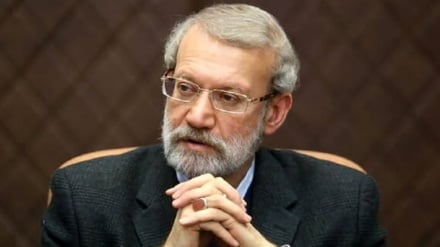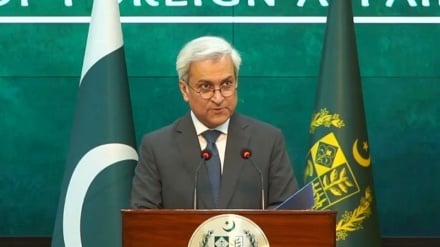UN: Months after Pakistan floods, millions lack safe water
The United Nations children’s agency on Tuesday warned that after last summer's devastating floods, 10 million people in Pakistan, including children, still live in flood-affected areas without access to safe drinking water.
The statement from UNICEF underscored the dire situation in impoverished Pakistan, a country with a population of 220 million that months later is still struggling with the consequences of the flooding, as well as a spiraling economic crisis. The floods, which experts attribute in part to climate change, killed 1,739 people, including 647 children and 353 women, AP reported.
So far, less than half of UNICEF’s funding appeal for Pakistan — 45% of $173.5 million — has been met. According to the agency, before the floods struck last June, water from only 36% of Pakistan's water system was considered safe for human consumption.
The floods damaged most of the water pipelines systems in affected areas, forcing more than 5.4 million people, including 2.5 million children, to rely solely on contaminated water from ponds and wells, UNICEF said.
“Safe drinking water is not a privilege, it is a basic human right,” said Abdullah Fadil, the UNICEF representative in Pakistan. “Yet, every day, millions of girls and boys in Pakistan are fighting a losing battle against preventable waterborne diseases and the consequential malnutrition."
"We need the continued support of our donors to provide safe water, build toilets and deliver vital sanitation services to these children and families who need them the most,” Fadil added.
Amid the crisis, Pakistan faces uncertainty about a bailout from the International Monetary Fund. Analysts say the revival of the $6 billion IMF bailout, which was signed in 2019, would help Pakistan. If the global lender released a key installment of the package, it would encourage other international financial institutions to help the country, they say.
At a UN-backed conference in Geneva in January, dozens of countries and international institutions pledged more than $9 billion to help Pakistan recover and rebuild from the floods. But most of the pledges were in form of project loans, and the projects are still in the planning stages.
SS



